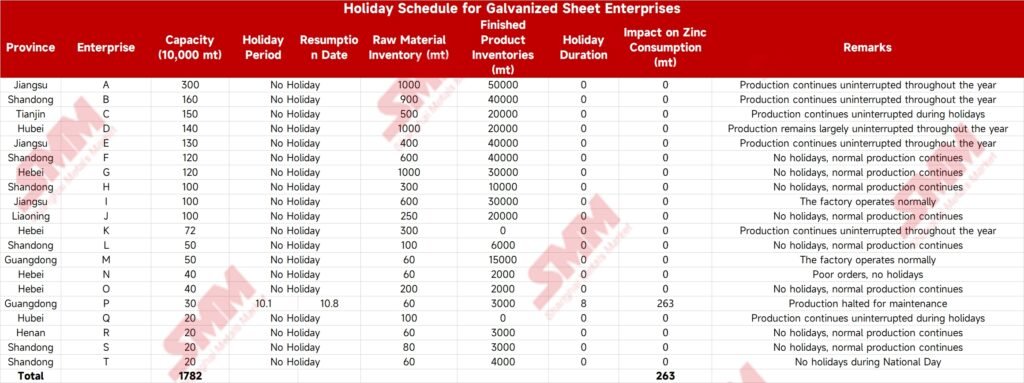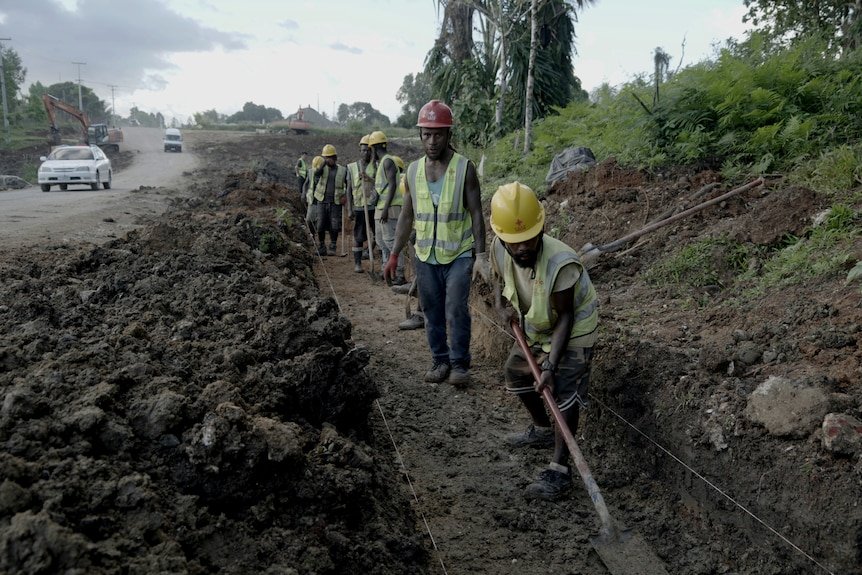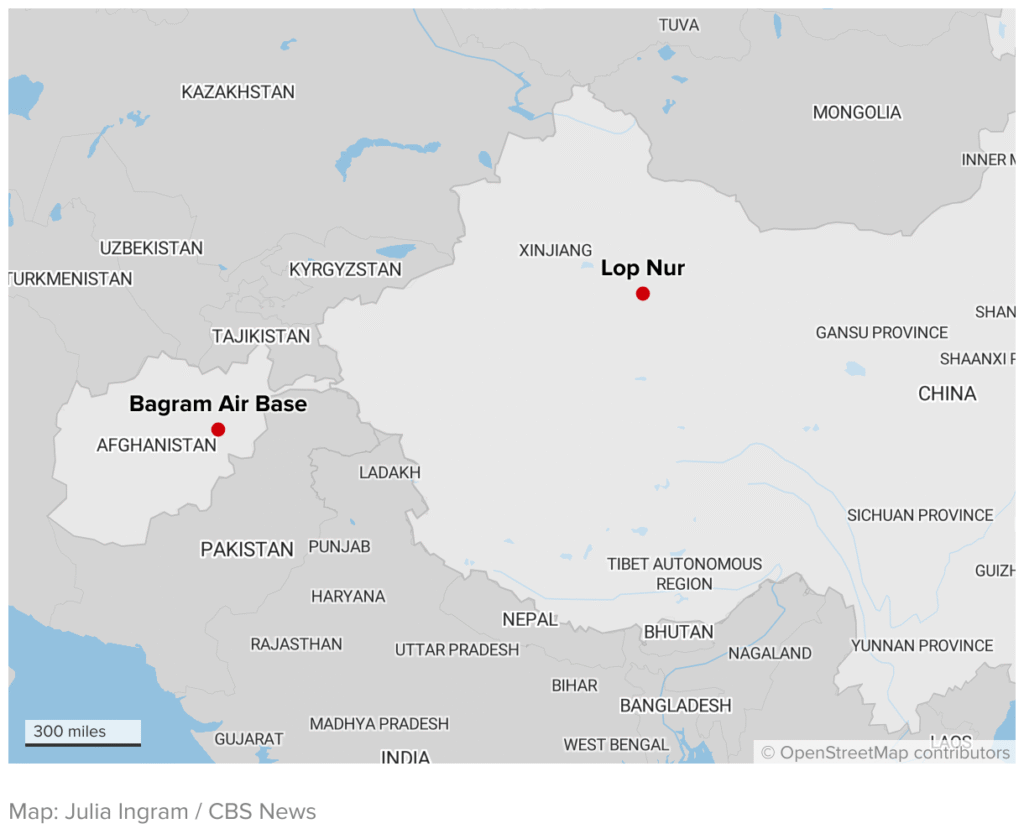
 Pallab GhoshScience Correspondent
Pallab GhoshScience Correspondent
 BBC News
BBC NewsA million-year-old human skull found in China suggests that our species, Homo sapiens, began to emerge at least half a million years earlier than we thought, researchers are claiming in a new study.
It also shows that we co-existed with other sister species, including Neanderthals, for much longer than we’ve come to believe, they say.
The scientists claim their analysis “totally changes” our understanding of human evolution and, if correct, it would certainly rewrite a key early chapter in our history.
But other experts in a field where disagreement over our emergence on the planet is rife, say that the new study’s conclusions are plausible but far from certain.
The discovery, published in one if the world’s leading scientific journals, Science, shocked the research team, which included scientists from a university in China and the UK’s Natural History Museum.
“From the very beginning, when we got the result, we thought it was unbelievable. How could that be so deep into the past?” said Prof Xijun Ni of Fudan University, who co-led the analysis.
“But we tested it again and again to test all the models, use all the methods, and we are now confident about the result, and we’re actually very excited.”

 Fudan University
Fudan UniversityWhen scientists found the skull, named Yunxian 2, they assumed it belonged to an earlier ancestor of ours, Homo erectus, the first large-brained humans. That’s because it dated back about a million years, long before more advanced humans were thought to have emerged.
Homo erectus eventually evolved and began to diverge 600,000 years ago into Neanderthals and our species – Homo sapiens.
But the new analysis of Yunxian 2, which has been reviewed by experts independent of the research team, suggests that it is not Homo erectus.
It is now thought to be an early version of Homo longi, a sister species at similar levels of development to Neanderthals and Homo sapiens.
Genetic evidence suggests it existed alongside them, so if Yunxian 2 walked the Earth a million years ago, say the scientists, early versions of Neanderthal and our own species probably did too.
This startling analysis has dramatically shifted the timeline of the evolution of large-brained humans back by at least half a million years, according to Prof Chris Stringer of the Natural History Museum, a co-lead on the research.
He said there are likely to be million year-old fossils of Homo sapiens somewhere on our planet – we just haven’t found them yet.
There are two ways to pinpoint the species of an early human and work out when it walked the Earth – analysing the shape of the skull and its genetic data. In the case of Yunxian 2 both methods were used, and each came to the same conclusion.
But other researchers, such as Dr Aylwyn Scally, an evolutionary geneticist at Cambridge University, say there are considerable uncertainties in both methods.
“One has to be particularly tentative about the timing estimates, because those are very difficult to do, regardless of what evidence you’re looking at, be that genetic or fossil evidence,” he said.
“Even with the largest amount of genetic data, it is very difficult to place a time when these populations may have co-existed to within 100,000 years, or even more.”
He added that while Profs Ni and Stringer’s conclusions were plausible, they were far from certain, and that more evidence was needed to be sure.
“That picture is still quite unclear to us, so if the conclusions of this research are supported by other analyses, ideally from some genetic data, then I think we would start to be increasingly confident about it,” he told BBC News.
The earliest known evidence for early Homo sapiens in Africa is 300,000 years ago, so it is tempting to conclude that our species might have evolved first in Asia.
But there is not enough evidence to be sure at this stage, according to Prof Stringer, because there are human fossils in Africa and Europe that are also a million years old that need to be incorporated into the analysis.
“There is some genetic evidence that points to the even earlier emergence of our species which may have recombined with our lineage, but this is not yet proven,” he told BBC News.
The earlier timeline means that the three species of humans co-existed on the planet for around 800,000 years, much longer than previously thought, perhaps interacting and interbreeding in that time.

 Fudan University
Fudan UniversityThe earlier emergence also helps make sense of dozens of human fossil remains dating from 800,000 years ago and 100,000 years ago that scientists have found hard to classify and find their place in the human family tree – the so-called “muddle in the middle”.
But the earlier emergence of Homo sapiens, Homo longi and Neanderthals neatly solves the problem. It means that is now possible to group the hard-to-classify fossils as subgroups belonging to one of the “big three,” or their more primitive ancestors, Asian Homo erectus and heidelbergensis, according to Prof Ni.
“Human evolution is like a tree,” he said. “This tree included several branches, and there were three major branches that are closely related, and they may have some interbreeding to each other, and they coexisted for almost 1 million years. So this is an unbelievable result.”
The skull was excavated along with two others from Hubei Province. But they were damaged and crushed, which is one of the reasons that Yunxian 2 had been miscategorised as erectus.
To restore them to their original shape, Prof Ni’s team scanned the skulls and undistorted them using computer modelling techniques and then printed replicas on a 3D printer.
Seeing them as they truly were enabled the scientists to reclassify them as a separate – more advanced group of human.






